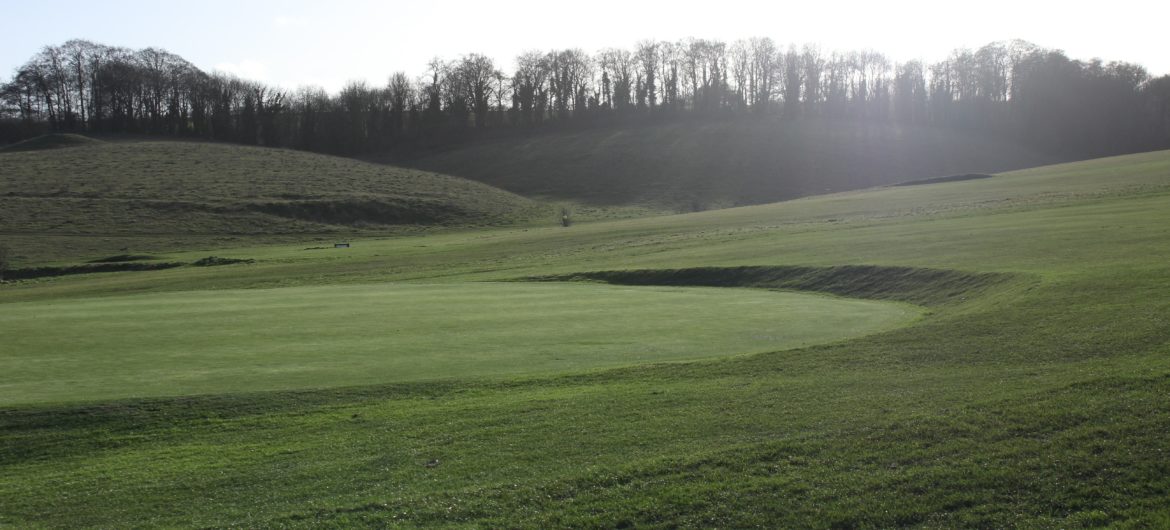Environmentalists want the golf courses to be “re-wilded”, but golfers argue that the courses should remain as they are
Words by Katie Drake, Staff Writer.
In November of 2019, the debate began as to whether Hollingbury golf course and Waterhall golf course in Brighton should be “re-wilded” following the end of their lease in March 2020. Rewilding refers to the process of protecting the environment and returning it to its natural state, the aim being to bring back wild animals and ecosystems that used to inhabit the area.
The debate is mostly between environmentalists wanting to make use of a ‘once-in a lifetime opportunity’ and golfers; some of whom’s livelihoods rest on the club. The clubs are very well established, Hollingbury has a plethora of social events and societies using the grounds which means they are both assets to their community.
Environmentalists including Extinction Rebellion emphasise the importance of rewilding the areas and have staged protests to bring awareness to the debate. They set up a petition urging the TECC – The Tourism, Equalities and Culture Committee – to consider ‘restoring internationally endangered wildlife’ including down-land plants and insects, cuckoos, nightingales, yellow hammers and willow warbler’s, to ‘Maximise carbon drawdown’: the idea being that restoring ecosystems will help to draw excess carbon in the atmosphere down and convert it into oxygen, helping to reach carbon neutrality as well as avoiding further temperature rises from the 1.5 OC predicted by 2030. They ask for the ‘right to roam’ the land, meaning locals and visitors can freely walk through the donated national park land so that people can become more connected to nature and thus more connected to the issues surrounding environmental causes. The petition was signed by 5,216 people and was presented to the committee on the 16th of January.
There have also been campaigns to keep the golf courses as they are. Hollingbury created a petition to keep the land devoted to golf since it provides ‘affordable and accessible golf to local residents’, there is also potential for the course to be improved further so that golf can attract new players ‘helping to bring a new generation of local residents in to the game’. The petition was signed by 1689 members and also presented to the committee. Similarly, Waterhall golf course’s petition received 386 signatures suggesting that the unique drainage nature of the course is why it should remain a course.
There is little information online regarding the outcomes for Hollingbury and Waterhall at present. But it does continue an important debate regarding what is currently needed for businesses to thrive and how we need to adapt our lifestyles to accommodate for our climate’s future.
[Image Credit: Al Pearce]




